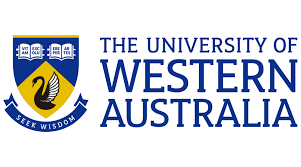University of Western Australia-led study shows the importance of paraspeckles in understanding breast cancer
An international study, led by researchers from The University of Western Australia, has discovered a new property of highly metastatic breast cancer cells that could one day help develop better diagnostics and treatments.
““We used a lab-based method to mimic what happens when breast cancer cells escape from the tumour, burrow through tissue and migrate into the blood stream.”
Professor Archa Fox, UWA
The study, published in the journal Communications Biology, found that small bodies called paraspeckles, which are contained within the nucleus of cells, were used by cancer cells to help them go faster and in a more forward direction when burrowing through tissue to enter the blood stream.
Professor Archa Fox and Dr Yu Suk Choi, from UWA’s School of Human Sciences, led the investigation into whether invading breast cancer cells controlled their genes differently to normal cells by sensing and reacting to their environment.
“We wanted to see how cancer cells adapt when they are forced to squeeze through tight spaces as they navigate the microenvironment of a tumour as the cancer is going through metastasis or spreading,” Professor Fox said.
“We used a lab-based method to mimic what happens when breast cancer cells escape from the tumour, burrow through tissue and migrate into the blood stream.
“We need to understand this process better so we can prevent it happening, and develop new treatments for cancer cells that are driven to behave this way.”
Professor Fox said that in the experimental laboratory setup researchers observed, for the first time, that paraspeckles increased in number while cells were being squeezed and compressed.
She said the findings suggested that paraspeckles were used by cancer cells to help them go faster and in a more forward direction when metastasising.
“With preventing, diagnosing and treating the appearance of secondary tumours in the body the key to reducing deaths in breast cancer patients. we hope our discovery will ultimately lead to the development of new drugs and diagnostic tools,” she said.
The research was funded in part by the Cancer Council of WA, with the next stage to be funded through the Federal Government’s National Health and Medical Research Council’s Ideas Grant Program.

